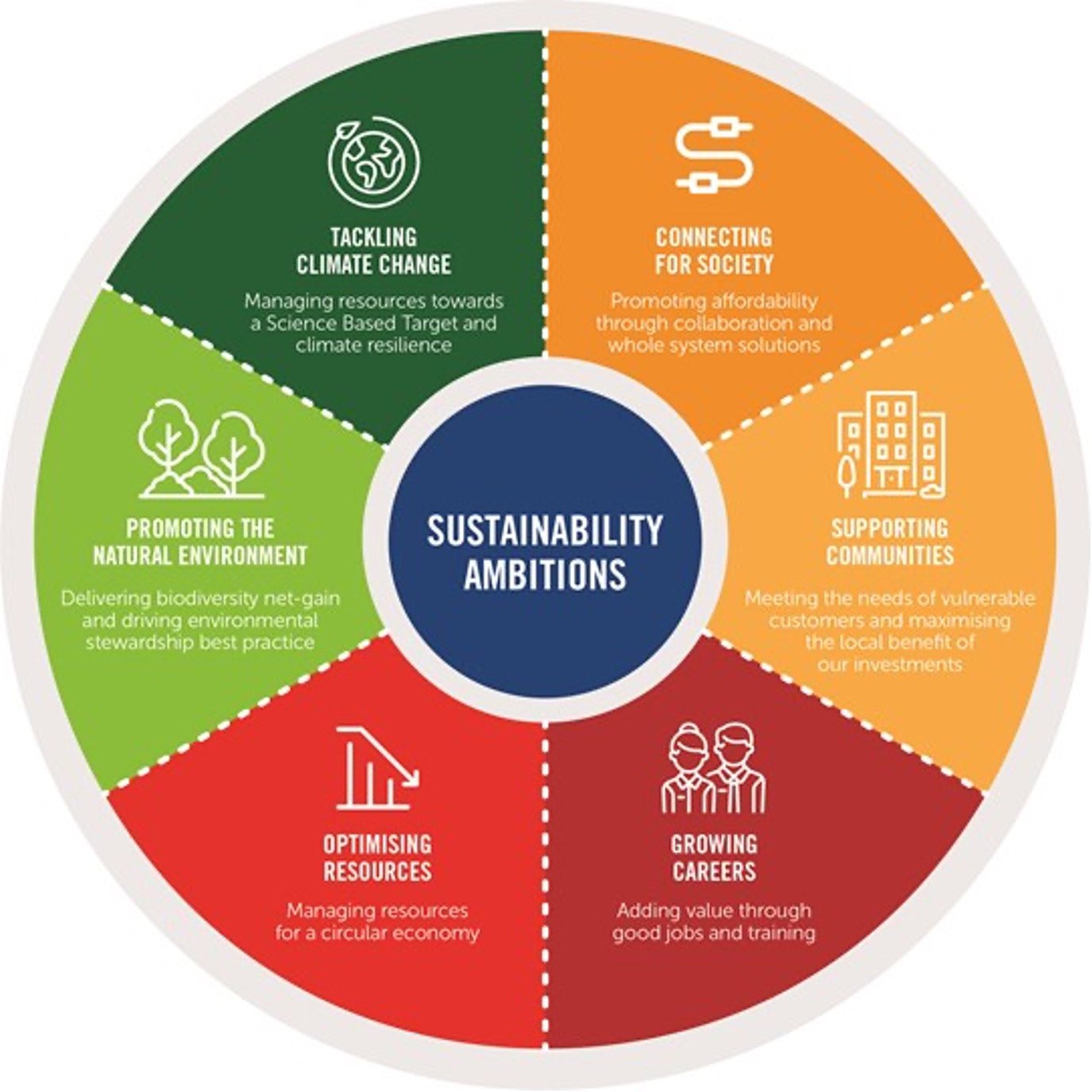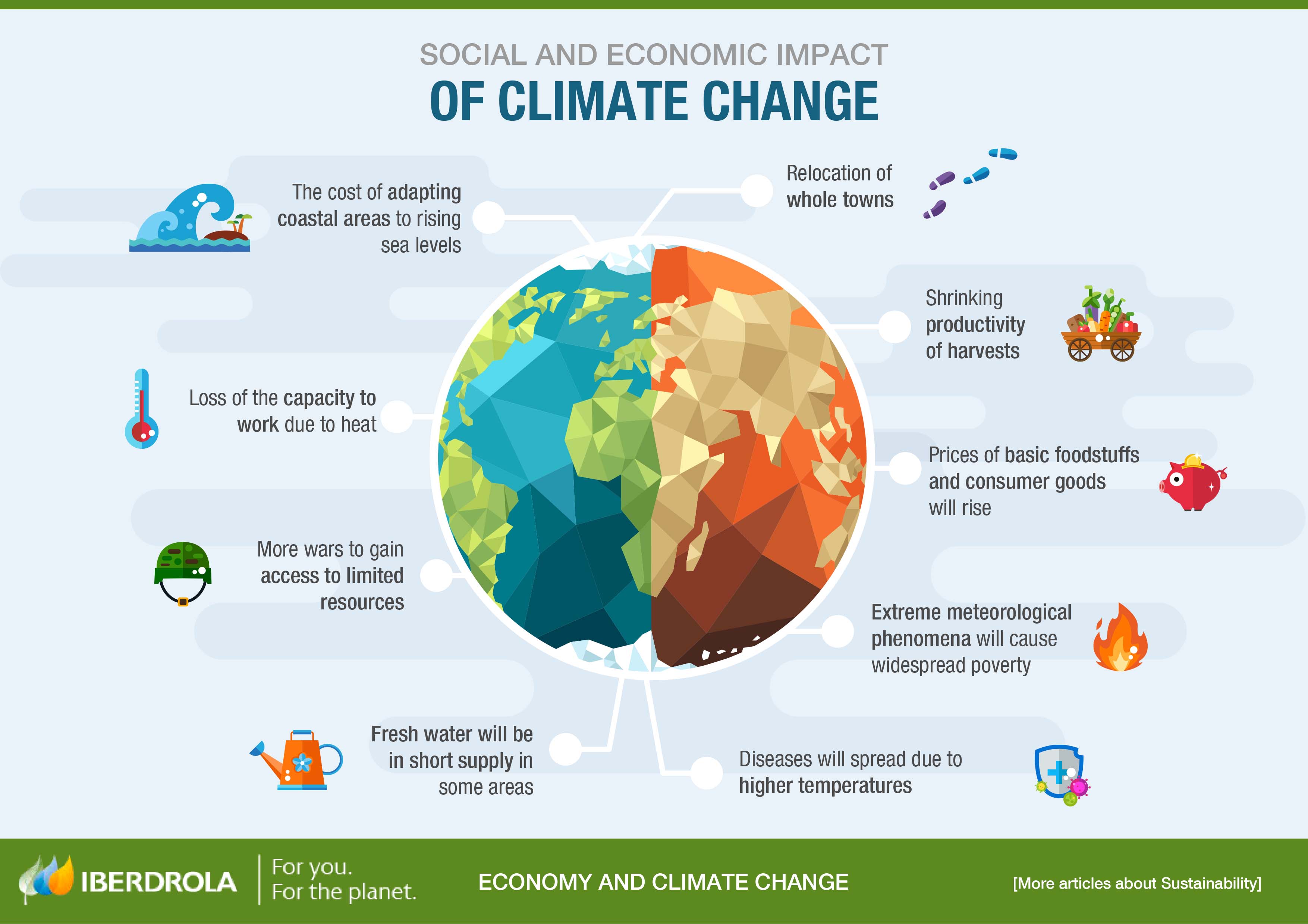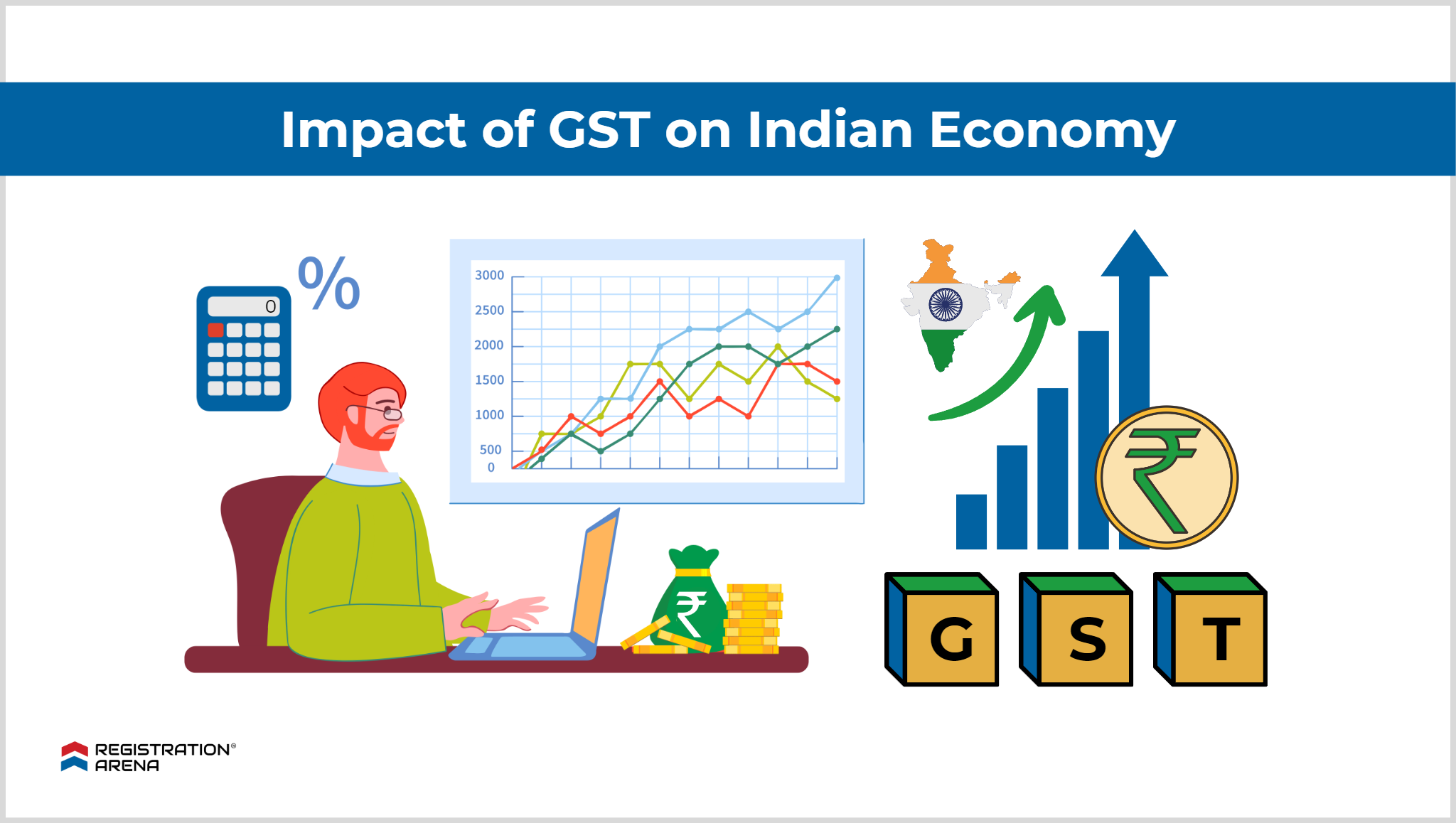World Updates | Update information about politics and social around the world
Santander's Comprehensive Sustainability Strategy: Driving Positive Impact On Climate, Society, And Economy
In today's dynamic world, sustainability has become a critical imperative for organizations across industries, especially in the financial sector. Santander, a global financial services provider, has taken a proactive stance in this regard, unveiling its comprehensive Sustainability Strategy, a multifaceted plan to drive positive impact on climate, society, and the economy.

Sustainability Strategy - SSEN Transmission - Source www.ssen-transmission.co.uk
Editor's Note: Santander's Comprehensive Sustainability Strategy: Driving Positive Impact on Climate, Society, and Economy" was published on today date. This guide provides valuable insights into Santander's sustainability efforts and their implications for stakeholders, making it essential reading for those interested in corporate sustainability practices.
Through extensive analysis and research, we have compiled this guide to help our target audience understand the key aspects of Santander's Comprehensive Sustainability Strategy and its potential impact.
Key Takeaways:
Transition to main article topics:
FAQ
This FAQ section provides answers to common questions and addresses potential misconceptions surrounding Santander's Comprehensive Sustainability Strategy.
![[Preview] Sustainability Planning Toolkit | ICLEI USA [Preview] Sustainability Planning Toolkit | ICLEI USA](https://icleiusa.org/wp-content/uploads/2022/11/Sustainability-Planning-Toolkit.png)
[Preview] Sustainability Planning Toolkit | ICLEI USA - Source icleiusa.org
Question 1: What are the key pillars of Santander's Sustainability Strategy?
The strategy focuses on three main pillars: Climate Action, Social Inclusion, and Responsible Banking.
Question 2: How is Santander addressing climate change?
Santander has pledged to achieve net-zero emissions by 2050, supported by investments in renewable energy, energy efficiency, and sustainable forestry.
Question 3: What is Santander's approach to social inclusion?
The strategy promotes financial inclusion, affordable housing, education, and employment opportunities for underserved communities worldwide.
Question 4: How does Santander ensure responsible banking?
Santander adopts strict environmental and social risk management practices, supports clients transitioning to sustainable business models, and promotes responsible investments.
Question 5: What are the benefits of Santander's Sustainability Strategy?
The strategy aims to create long-term value for stakeholders through risk reduction, cost savings, revenue generation, and enhanced reputation.
Question 6: How is Santander engaging with stakeholders on sustainability?
Santander collaborates with governments, businesses, investors, and NGOs to promote sustainable practices, set industry standards, and advocate for policy changes.
In summary, Santander's Comprehensive Sustainability Strategy provides a comprehensive roadmap for driving positive impact on climate, society, and economy.
Transition to the next article section: Santander's commitment to sustainability extends beyond the scope of this strategy, encompassing various initiatives and partnerships aimed at creating a more sustainable future.
Tips from Santander's Comprehensive Sustainability Strategy: Driving Positive Impact On Climate, Society, And Economy
Santander's Comprehensive Sustainability Strategy provides a comprehensive roadmap for driving positive impact on climate, society, and the economy. Here are several key tips derived from the strategy.
Tip 1: Set ambitious sustainability goals and targets. Santander has set ambitious sustainability goals and targets to guide its efforts and measure progress. These goals are aligned with the United Nations Sustainable Development Goals (SDGs) and the Paris Agreement on climate change.
Tip 2: Focus on decarbonization and climate resilience. Santander recognizes the urgent need to address climate change and has committed to net-zero emissions by 2050. The strategy outlines specific actions to reduce the bank's carbon footprint and support its clients in transitioning to a low-carbon economy.
Tip 3: Promote financial inclusion and economic empowerment. Santander is committed to promoting financial inclusion and economic empowerment for all. The strategy outlines initiatives to provide access to financial services for underserved communities, support small businesses, and drive economic growth.
Tip 4: Support sustainable supply chains. Santander recognizes the importance of sustainable supply chains and has developed responsible sourcing guidelines. The strategy encourages collaboration with suppliers to reduce environmental impact and promote social responsibility.
Tip 5: Engage with stakeholders and create shared value. Santander believes in engaging with stakeholders and creating shared value. The strategy outlines initiatives to collaborate with customers, employees, investors, and communities to drive positive impact.
Tip 6: Integrate sustainability into risk management. Santander recognizes that sustainability risks can impact its business. The strategy outlines how the bank integrates sustainability considerations into its risk management framework to strengthen resilience.
Tip 7: Develop innovative sustainable finance products and services. Santander is committed to developing innovative sustainable finance products and services to support clients in their sustainability journeys. These include green bonds, sustainability-linked loans, and impact investing.
Summary: Santander's Comprehensive Sustainability Strategy provides a clear framework for driving positive impact on climate, society, and the economy. By implementing these tips, organizations can contribute to a more sustainable and inclusive future.
Santander's Comprehensive Sustainability Strategy: Driving Positive Impact On Climate, Society, And Economy
Santander's Comprehensive Sustainability Strategy is a comprehensive framework for driving positive impact on climate, society, and the economy. By focusing on six key aspects -

Impacts of Climate Change on the Economy and Society - Iberdrola - Source www.iberdrola.com
- Environmental stewardship
- Social inclusion
- Responsible lending
- Employee well-being
- Sustainable supply chain
- Stakeholder engagement
The strategy is designed to create a positive impact on the environment, promote social inclusivity, and support economic growth. The bank has committed to reducing its carbon emissions, increasing access to banking services for underserved communities, and supporting businesses that are committed to sustainability. Santander's Comprehensive Sustainability Strategy is a roadmap for creating a more sustainable future for all.
Santander's Comprehensive Sustainability Strategy: Driving Positive Impact On Climate, Society, And Economy
The connection between "Santander's Comprehensive Sustainability Strategy: Driving Positive Impact On Climate, Society, And Economy" lies in the recognition that businesses have a significant role to play in addressing environmental, social, and economic challenges. The strategy aims to drive positive impact by integrating sustainability considerations into all aspects of its operations, products, and services.

Impact of GST on the Indian Economy - Revised 2023 - Source registrationarena.com
The strategy is structured around three main pillars: Climate, Society, and Economy. Each pillar includes specific targets and commitments that the bank aims to achieve by 2025. For example, under the Climate pillar, Santander has committed to reducing its operational carbon emissions by 60% and its carbon footprint by 15%. The Society pillar includes commitments to financial inclusion, education, and community investment. The Economy pillar focuses on supporting sustainable businesses and promoting economic growth.
The practical significance of understanding the connection between "Santander's Comprehensive Sustainability Strategy: Driving Positive Impact On Climate, Society, And Economy" is that it empowers the bank to make informed decisions that align with its sustainability goals. For example, Santander's decision to invest in renewable energy projects not only reduces the bank's carbon footprint but also supports the development of a more sustainable energy system.
| Pillar | Targets |
|---|---|
| Climate | Reduce operational carbon emissions by 60% and carbon footprint by 15% |
| Society | Increase financial inclusion by 10%, support education for 1 million youth, and invest 1% of net profit in community investment |
| Economy | Support sustainable businesses by increasing lending to green projects and promoting economic growth in underserved communities |